As the sun slowly rises in the early mornings of Japan, Kenji a young and bright high school student eagerly heads off to school. In his high-collared black uniform and with his backback strapped around his shoulders, he blends in easily among the crowd of other high school students walking to school or riding the trains.
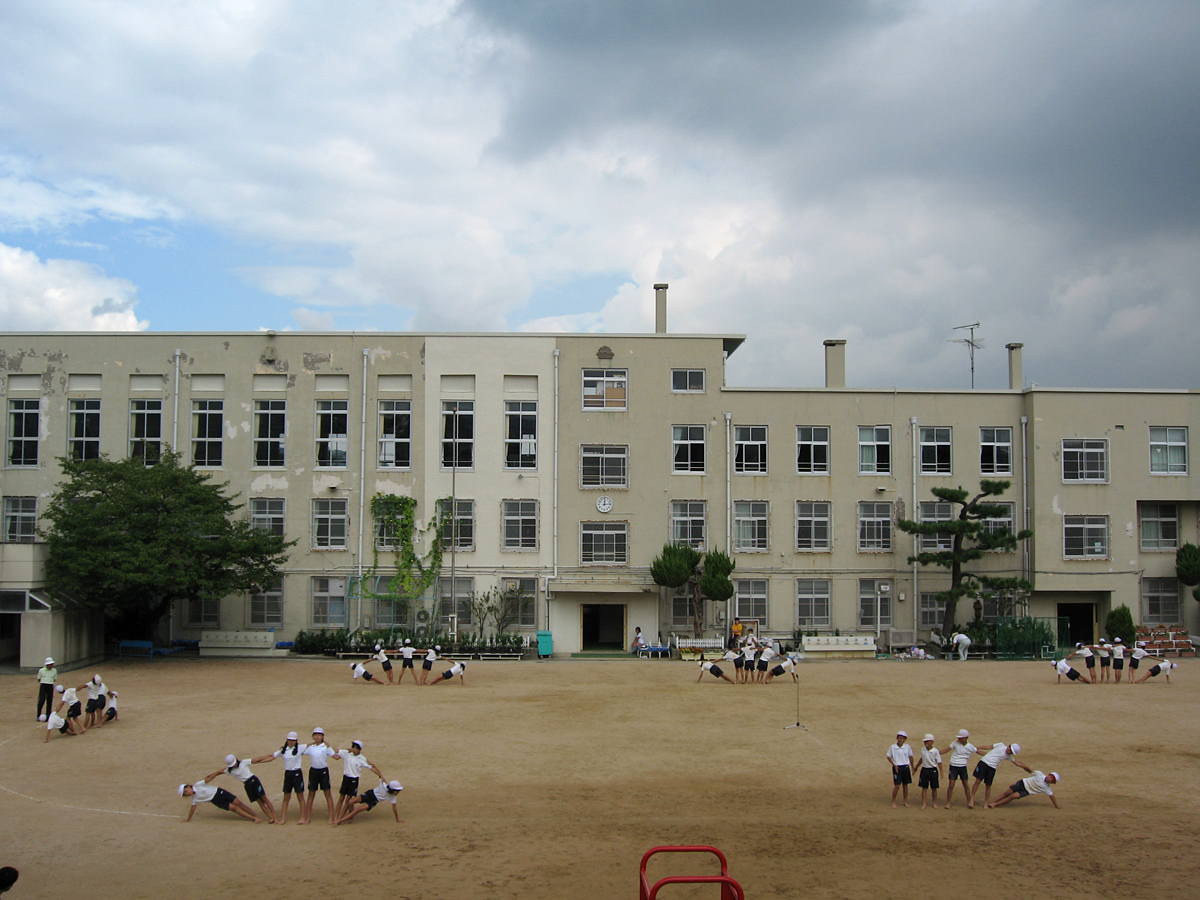
Like many other boys his age, Kenji enjoys good food, music, and sports. Surfing, playing the guitar, and mogul skiing are currently at the top of his list. Before class starts, he gathers with his friends, chattering about the weekend or their sports hobbies. Asked about who his role-model athlete is, the young Japanese student cheerfully grins, “pro-surfer Kelly Slater,” an American professional surfer crowned World Surf League Champion 11 times.
But besides sports and surfing and the daily musings of high school, what makes Kenji stand out the most is his love for physics and lifelong learning. Humble and intelligent, the young teen enjoys applying his knowledge from what he learned in class to create interactive physics simulations. Also known by his username nakahiro, he uses MIT Scratch programming to build various simulation models. From simple harmonic oscillations to fluid buoyancy, Kenji has created over 75 original physics simulations so far! Wow!
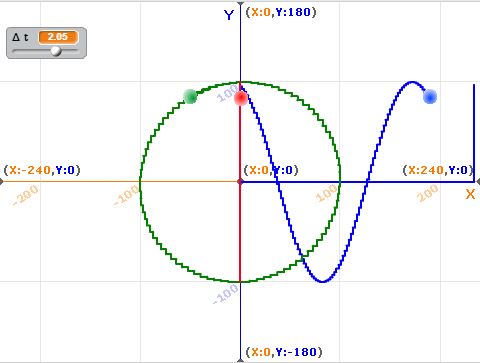
“Physics is my favorite subject. The programming and simulations are both easy to use [and] easy to understand…I would like to tell [others] that we can simulate many phenomena using mathematics and programming,” the teen shares excitedly.
Together with Kenji, our youth team at Moosmosis collaborated on a recent physics project. This time, it’s on physics concave and convex lens and image projections. We asked Kenji what inspired him to initiate the project, and he responds that he “learned image formation by lens at school. So, I thought about making it.”

For a brief catch-up on our physics basics, lens can include our glasses or even those on our cameras. Two common types are concave and convex lens. Concave and convex lens are shaped differently, and depending on where an object is placed in front of the lens, different images (varying sizes, upside down, etc) can be projected. Concave lens are thinner in the middle, and when light rays hit it, the rays diverge. Concave lens, also known as diverging lens, are often used to correct nearsightedness. Convex lens, on the hand, are thicker in the middle, and when light rays hit it, the rays converge. These lens are also known as converging lens and are used to correct farsightedness.
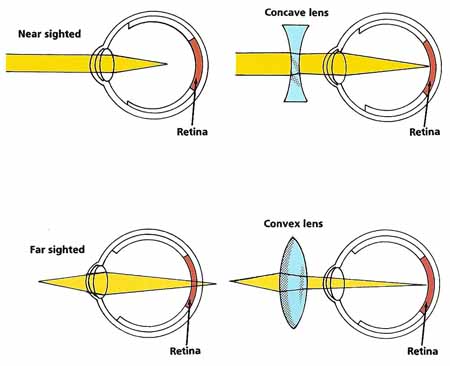
So, what’s the math behind our glasses and physics lens then? Find out in Kenji’s interactive simulation below! (Hint: For more behind the scenes on Kenji’s simulation and details of the physics explanation, feel free to check out our secondary physics lens lesson article.)
********************************************************************
[Click Here to Play Kenji’s Simulation]
********************************************************************
Kenji’s boundless curiosity and eagerness to improve demonstrate to us that age is only a number. “I am a lifelong learner. People around the world (including me) can learn a lot by making projects,” he says. As renowned Stanford Professor Carol Dweck would say, Kenji embraces the growth mindset. According to Professor Dweck, there are two types of mindsets: fixed and growth. Fixed mindset means that a person believes that intelligence is a fixed trait – we are born with a set amount of intelligence. Success is solely on ‘talent.’ Yet, the growth mindset embraces the idea that we can get smarter and stronger by effort. There is no predetermined set of intelligence. This healthier growth mindset powerfully shapes our understanding of learning, and that by effort and motivation, we can attain higher achievement.

In the lens of a lifelong learning student like Kenji, physics, a difficult subject to many students, no longer becomes daunting but challenging and fun. “I like Physics and programming. I hope many people will [be] interested in science!”
Thus, whether it’s studying physics or trying out new surfing tricks, we should never stop learning. May the Mass x Acceleration be with you! 😉
********************************************************************

Many thanks to Kenji for sharing his visionary and educational project with us! For more of his physics projects, check out his MIT Scratch programming profile. If you enjoyed this post and interactive simulation on lens, feel free to comment below, give us a like, share, or subscribe. Thank you again for visiting Moosmosis!
Created by students, for students and lifelong learners!
Categories: education, Educational Game, math, physics, stem, technology





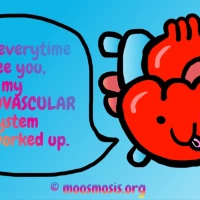




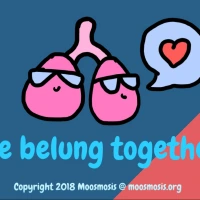




Very nice article as always! Great job, Kenji!! Keep rockin it
LikeLiked by 1 person
Love your blog! Great job everytime!
LikeLiked by 1 person
Thank you so much! 🙂
LikeLiked by 1 person
Wow, simply fascinating!
LikeLiked by 1 person
Thanks, Ink! 🙂
LikeLiked by 1 person
My pleasure, Moosmosis! 🙂
LikeLiked by 1 person
Hi,
Since I love your write-ups, I have nominated you for The Versatile Blogger Award. Congratulations. Details in the link below –
https://soniasmusings.com/2018/02/07/the-versatile-blogger-award/
Sonia
LikeLiked by 2 people
Thank you for the nomination, Sonia! Wow, and the all the way from Bangalore! We’re so happy to receive this. 🙂
LikeLiked by 1 person
Congratulations again.
LikeLiked by 1 person
Very nice article.. good job
LikeLiked by 2 people
Thank you, Deepali! We appreciate it.
LikeLiked by 1 person
Love the title! Great post!:)
LikeLiked by 2 people
Thank you so much, Curiosity! Glad you liked the title – looks like we’ve found another one strong with the Force 😉
LikeLiked by 1 person
Absolutely! Looking forward to more of your posts!:)
LikeLiked by 1 person
Thanks to y’all so much for making this awesome blog!!
LikeLiked by 1 person
Thanks so much, Grahm! We look forward to sharing more on our e-learning platform, and thank you for your enthusiastic contributions as well!
LikeLike
I love scratch!
LikeLiked by 1 person
Thanks July! We love Scratch programming too! We also really enjoy your coding site – keep up the fantastic work!!
LikeLiked by 1 person
You guys actually checking out my blog, I’m so happy 😁
Any of you coding for web?
LikeLiked by 1 person
Yes! Some of our members are coding educational games actually! 😀 Thanks again July!
LikeLiked by 1 person
You are most welcome guys 😁 Using Scratch?
LikeLiked by 1 person
Yessiree! 🙂 It’s a meowtain of fun creating the games as a team. We do mostly educational ones with a tie in to a subject or a advocacy topic. They’re in our Edu-Arcade tab –> Games! Do you code games too? 😀
LikeLiked by 1 person
testing reply comment… if you read this, please reply, it will help me so much, thank you 😊
LikeLike
🙂
LikeLiked by 1 person
was it detected as spam?
LikeLike
Yes
LikeLiked by 1 person
Thank you so much for confirming 😊
LikeLiked by 1 person
Wow! Congratulations and amazing!
LikeLiked by 1 person
Thank you Brett! Cheers to lifelong learning, and thank you for your support.
LikeLike